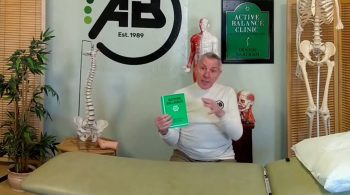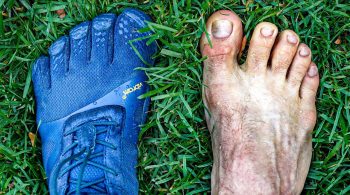Effective Note Taking Online Workshop

Researchers found that college students forgot 50% of what was said in class, Effective Note Taking Online Workshop the first 30 minutes after they left class. You can counteract this by taking notes during class and reviewing your notes for 10 minutes immediately after class. Note-taking can be very challenging in college lectures, but if you follow the next seven steps, you’ll become a better note-taker in no time.
Step one, prepare. The more you know about a subject before a lecture, the more easily you’ll be able to process the information and take notes on it.
Reading your Effective Note Taking Online Workshop textbook helps you to set up a mental framework for the information that is to come, and it helps you to anticipate major concepts. Reviewing previous notes helps you regain your place in the material and refreshes your memory. Step two, know your instructor. Understand your teacher’s lecture style.
Some teachers make PowerPoints or other handouts available before or after class.
You can use these to cut down on what you need to write during class. Other teachers write important information on the board, while others use the tone of their voice and repetition to indicate what’s important. Step three, write less. Don’t try to write down everything your instructor says, you won’t be able to keep up. Instead, leave out unimportant words and go back later to fill them in.
Also, create an abbreviation sheet. Abbreviate common words and also key terms that you identified ahead of time by reading accompanying materials. Step four, identify the pattern. The information that your instructor covers will usually have a pattern in it. The pattern might be cause and effect, or categories like types of rocks.
Use the pattern to help you focus and take notes. Step five, use a good note-taking method. The Cornell Method provides a systematic format for condensing and organizing notes without a lot of re-copying.
After writing the notes in the main space, use the left-hand space to label each idea and detail with a keyword or cue. In the outlining method, the information, which is most general, begins at the left with each more specific group of facts indented with spaces to the right.
Effective Note Taking Online Workshop the relationships between the different parts are carried out through indenting. No numbers, letters, or Roman numerals are needed. The mapping method uses comprehension or concentration skills and evolves in a note-taking form, which relates each fact or idea to every other fact or idea. Mapping is a graphic representation of the content of the lecture. It is a method that maximizes active participation, affords immediate knowledge as to its’ understanding, and emphasizes critical thinking.
Use the charting method if the lecture format is distinct, such as chronological. You may set up your paper by drawing columns and labeling appropriate headings on a table. Other tips to keep in mind, record your lecture date so that you can keep your notes in order, and consider using a three-ring binder so you can add notes and take your notes out to review. Effective Note Taking Online Workshop Re-write and review your notes after class, so information is easier to learn…







